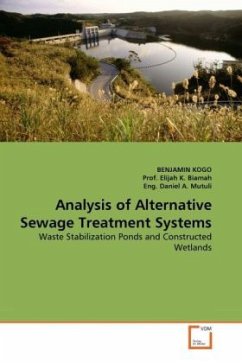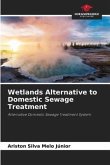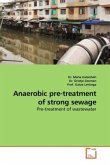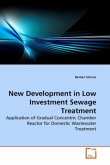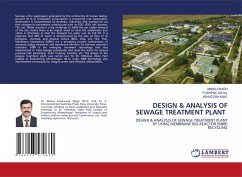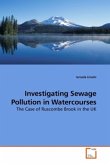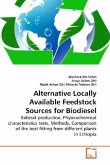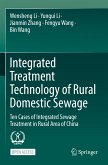Pollution of the environment and in particular of water resources as a result of poor waste management including sanitation constitutes one of the most immediate and serious environmental problems facing developing countries. Waste stabilization ponds (WSPs) which have been regarded as the method of first choice forthe treatment of waste water often performing below the required effluent quality standards in almost all water quality parameters. This has led to the adoption of constructed wetlands (CWs). However, some constructed wetlands have not been able to attain the acceptable effluent discharge standards. This book therefore provides the insights into the contaminant removal process and design of waste stabilization ponds and constructed wetlands systems. A case study on selection of alternative designs of appropriate sewage treatment systems for domestic waste water treatment in a tropical country is presented. A hybrid system that combines both the WSPs and CWs is considered to be a viable solution in achieving better treatment performances.
Bitte wählen Sie Ihr Anliegen aus.
Rechnungen
Retourenschein anfordern
Bestellstatus
Storno

